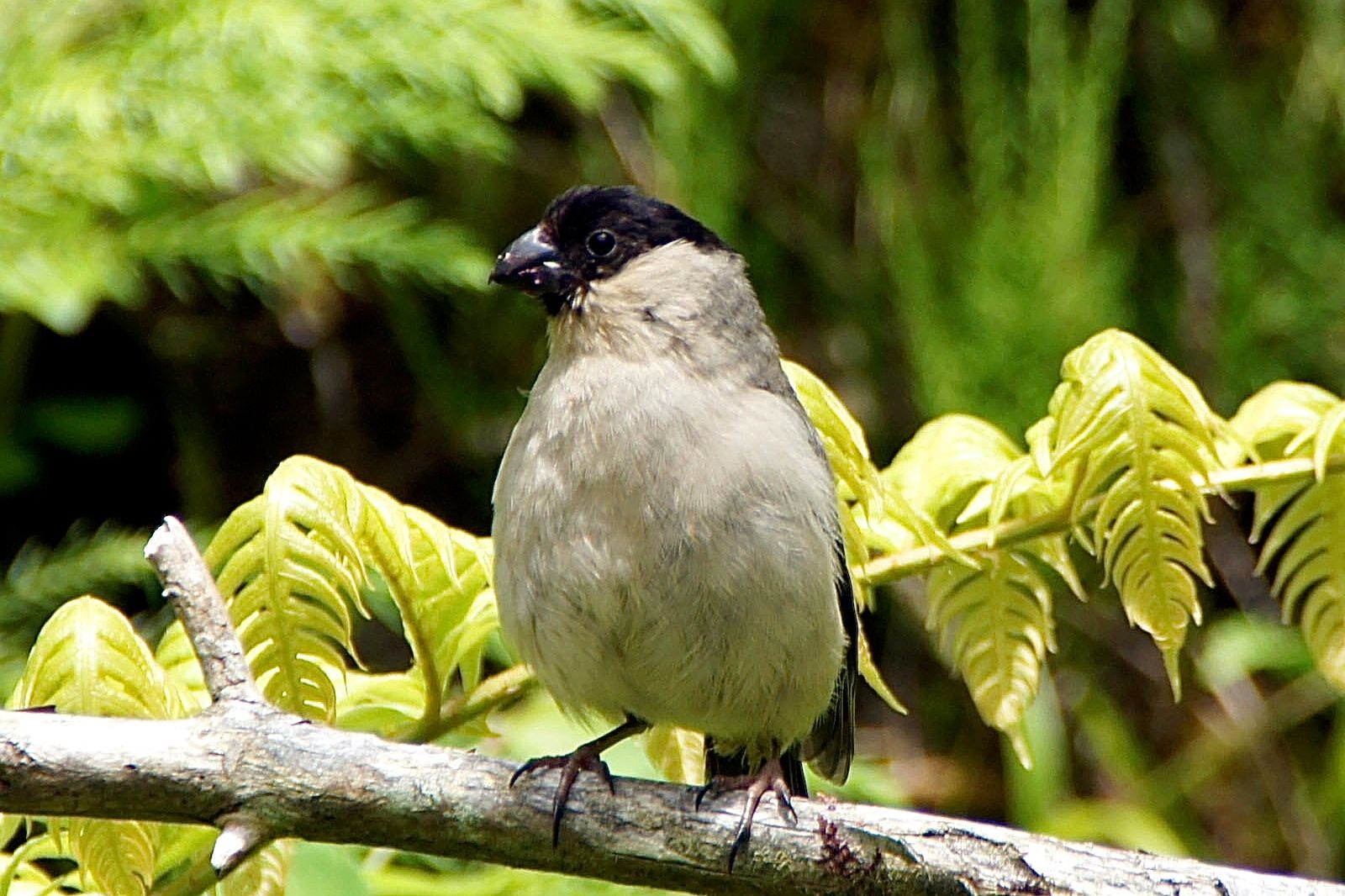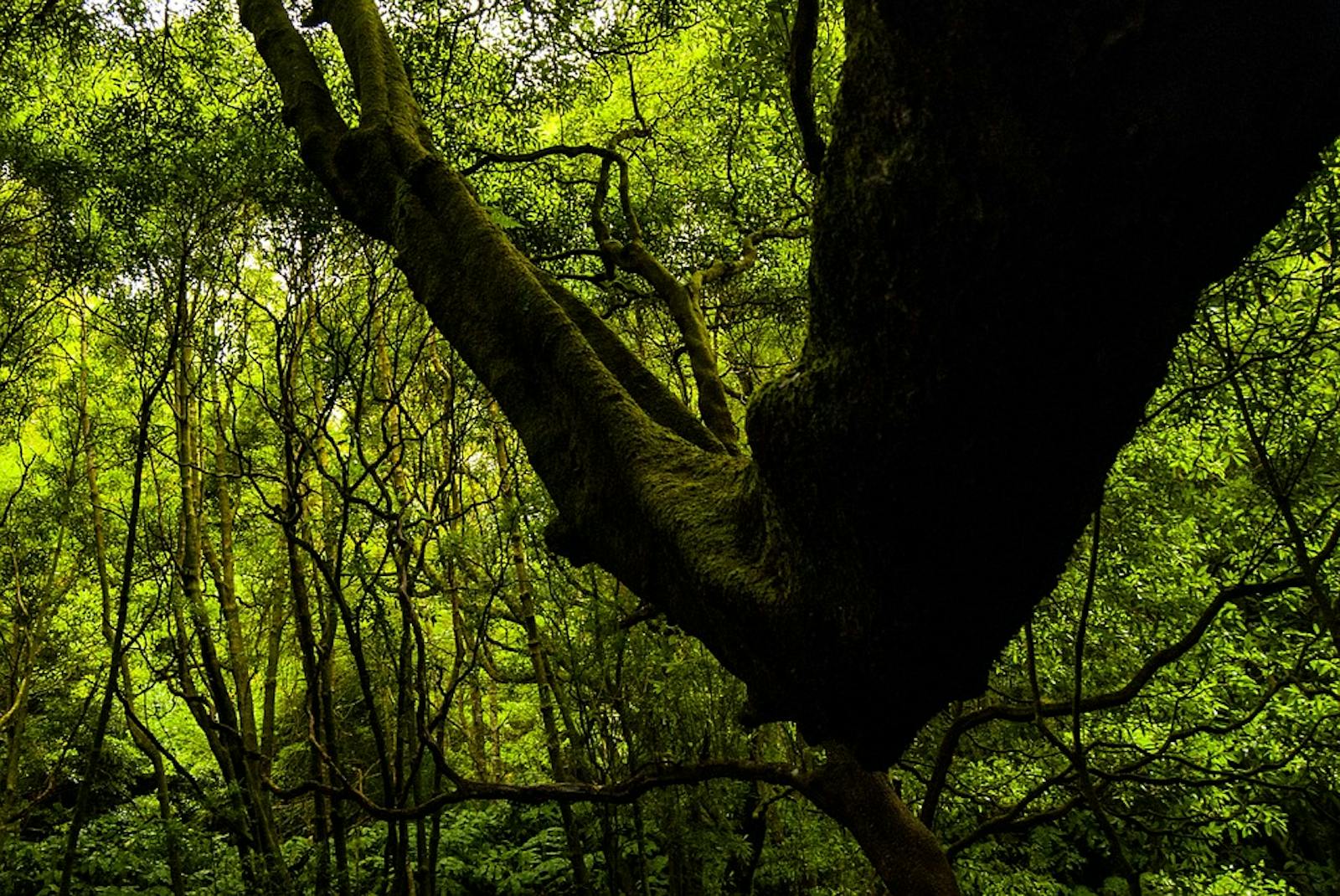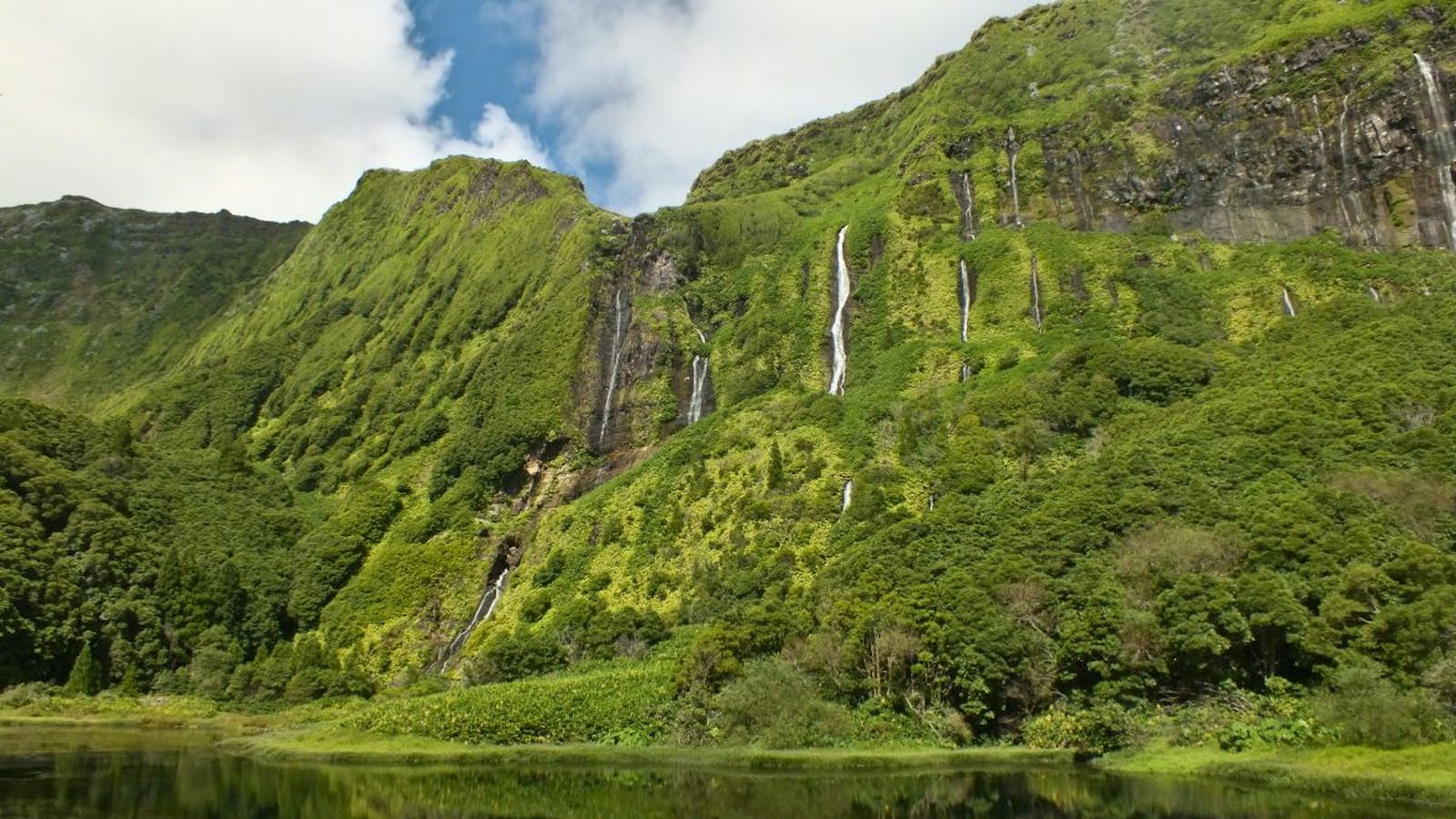Azores Temperate Mixed Forests
The ecoregion’s land area is provided in units of 1,000 hectares. The conservation target is the Global Safety Net (GSN1) area for the given ecoregion. The protection level indicates the percentage of the GSN goal that is currently protected on a scale of 0-10. N/A means data is not available at this time.
Bioregion: Azores Forest Islands (PA21)
Realm: Western Eurasia
Ecoregion Size (1000 ha):
262
Ecoregion ID:
645
Conservation Target:
24%
Protection Level:
10
States: Autonomous Region of the Azore
The Azorean forests are a mosaic of complex plant communities. Their diversity is a product of both long geographic isolation and the more drastic, rapid changes caused by settlers and cultural change over the past 1,000 years, more notably still in the last five decades. This ecoregion is the only natural habitat for the Azores bullfinch and Azores noctule, as well as a remarkable diversity of bryophytic plants. However, they are threatened by the introduction of many non-native species and rapid recent land-use change.

The flagship species of the Azores Temperate Mixed Forests ecoregion is the Azores noctule. Image credit: Felipe Lopes, Creative Commons
Situated more than 1,350 km west of the Portuguese coast, the Azores archipelago is a collection of several small volcanic islands. On these islands, fertile soils overlay volcanic basalt, which itself is permeated by networks of tunnels and grottoes from historic lava flows. The influence on climate of the Gulf stream’s proximity to the islands is clear: this ecoregion is mild for its latitude, and experiences a year-round range of temperatures between 16 and 25°C. Made up of nine principal islands (São Miguel, Faial, Graciosa, Pico, Santa Maria, São Jorge, São Miguel, Terceira, and Corvo and Flores), the Azores archipelago is famously covered by pasture, with remnant fragments of native and non-native forest at higher altitudes.
The Azores bullfinch and Azores noctule are two species unique to the Azores forests. The former is a true finch closely related to the Eurasian bullfinch, and was likely once Europe’s most endangered passerine bird with fewer than 300 breeding pairs. This decline is attributed to land-use change over the previous 50 years, but the species has since managed to rebound successfully in the islands’ remaining habitat. The Azores noctule is the island’s only native mammal. Smaller than its closest relative, the lesser noctule, it is remarkable in that it is the only known species of bat which hunts insects during the day. This may be due to the islands’ lack of avian predators to deter them from daytime feeding activities.

Pyrrhula murina. Image credit: Creative Commons
The principal pressures on terrestrial Azorean wildlife are land-use change and the effects of invasive species. Native laurel and juniper forests have been targeted for timber extraction, but the changing use of the islands by historical populations is what has caused the most change. Originally, vegetation on the Azores was devoid of taller trees. However, when the Azores, especially the island of Sao Miguel, were a prominent orange-cultivating archipelago, large shade trees such as poplar, oak, and chestnut were introduced to protect the orchards from the wind and sun. These have since begun to dominate the landscape, replacing the native low laurisilva.
Even more recently, the now-iconic pastures of the Azores took over even these forests after the islands’ 1974 political shift stirred large-scale agricultural upheaval. Though the Azores are now famous for their wide variety of exotic plant species, many of these have outcompeted native plants and driven them out of the forests (though some islands, notably Sao Miguel and Pico, have retained areas of natural vegetation). Additionally, mammal introductions on the Azores have threatened endemic bird species.
Most of the larger islands in this archipelago (Sao Miguel, Pico, Sao Jorge, and Terceira) have a central protected area. These are mostly areas of community importance, though the large protected areas on Sao Miguel have national designation. Whilst all these areas protect important populations of mammals and birds, a study using soil arthropods to estimate diversity in Azores protected areas found that the Pico Alto region on Santa Maria island had the most unique species composition and highest species richness.
The priority conservation actions for the next decade will be to: 1) restore degraded and abandoned grassland on the islands by planting endemic species; 2) reinforce regional networks of parks, eco-centers, gardens and environmental centers; and 3) introduce more conservation programs to eradicate and control invasive species.
Citations
- Autonomous Region of the Azores Assumptions and context for the Action Plan 2014 – 2020, from ‘The outermost regions of the European Union: towards a partnership for smart, sustainable and inclusive growth’ by The European Commission
- https://www.worldwildlife.org/ecoregions/pa0403
- "Lisbon to Add to Autonomy Of the Azores and Madeira" New York Times [New York] Dec. 14, 1975: Page 46. Print.


.png?auto=compress%2Cformat&w=300)

